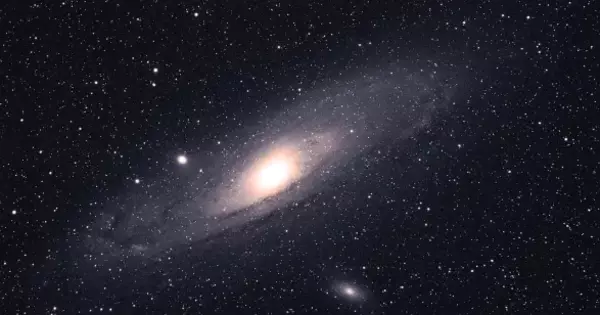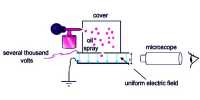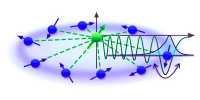On the International Space Station (ISS), astronaut Samantha Cristoforetti is doing her part for science communication by responding to tweets and TikTok questions. How do you handle menstruation in space is her most recent query, one that many people may be intrigued about but are perhaps a little afraid to ask. Cristoforetti shrugs matter-of-factly, “Just as you do on the ground,” before breaking down the response to describe the inner workings of the ISS.
Sally Ride and her female astronaut teammates faced a lot of discrimination and gender intolerance when they made history as the first Americans to travel to space. For instance, the NASA engineers in charge of assembling the flying equipment for the first female astronauts made the assumption that they would all like to wear makeup in space.
The engineers at NASA believed that women astronauts would want to wear makeup, so they created a makeup kit in their infinite wisdom. Ride joked in 2002, “A cosmetic kit supplied to you by NASA engineers. “You can only image the discussions on what should be in a makeup kit among the mostly male engineers. They believed that I could offer them counsel, so they came to me. I wanted to be spending my time in training on something completely different.
They also had to deal with some kit manufacturers who were well-intentioned but surprisingly ignorant. The famed “100 tampons” incident may be something you’ve heard about. If not, let me review: According to rumors, NASA engineers dispatched Ride to orbit with 100 tampons for a week-long trip (for those who don’t know, that’s way, way, way too much). They didn’t actually send Ride to space with that many, she was able to intercept them and point out their blunder, Ride clarified in 2002.
“I recall the engineers debating whether 100 tampons was the appropriate number to carry on a one-week voyage.” Ride laughed as he said. “’ No. The correct number would not be that one. Well, we want to be safe, they responded. I responded, “Well, you can easily cut that in half.”
According to Cristoforetti, there are plenty of pads and tampons available to suit everyone’s requirements and tastes. She claims that the ISS contains a urine processing assembly (UPA) that recycles all astronauts’ urine into potable (drinkable) water, but not cosmonauts’.
Menstrual blood does not mix well with that UPA, so you need to be a little bit cautious and use extra filters to ensure that you do not interfere with the UPA, she explained. This might be the case, in my opinion, for the majority of astronauts who choose to use an intrauterine device (IUD) or an oral hormone supplement to avoid menstruating in space.
These are the two most typical methods for briefly stopping menstruation. When the uterus has developed a lining of blood and tissue in case an egg becomes fertilized, periods typically happen once a month. The uterus sheds the lining if it doesn’t. Contrary to hormonal IUDs (also known as an intrauterine system, or IUS), which produce progesterone and thin the uterine lining, hormonal birth control methods alter the body’s normal levels of estrogen and progesterone to prevent ovulation.
This does imply that the UPA was created without menstruation in mind, as some commenters noted, and that the system appears to have not been modified since. The first woman to walk on the moon will happen in a few years.















